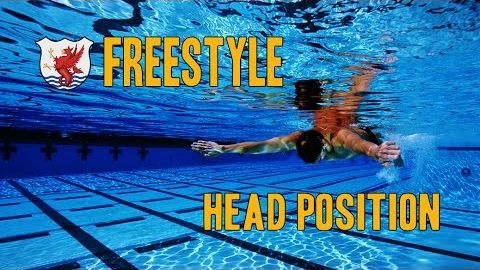
Subtitles & vocabulary
Swimisodes - Improve Freestyle Technique - Head Position
00
Harrison Mia posted on 2016/02/27Save
Video vocabulary
head
US /hɛd/
・
UK /hed/
- Verb (Transitive/Intransitive)
- To hit a ball with your head in a game
- To be first or at the front or top (e.g. a list)
- Countable Noun
- Counter for the number of cattle
- Leader or person with the greatest authority
A1TOEIC
More position
US /pəˈzɪʃən/
・
UK /pəˈzɪʃn/
- Noun (Countable/Uncountable)
- Person's opinion or attitude about something
- Specific location where someone or something is
- Transitive Verb
- To put in a particular location or direction
- To put or arrange (someone or something) in a particular place or way.
A1TOEIC
More attention
US /əˈtɛnʃən/
・
UK /əˈtenʃn/
- Noun (Countable/Uncountable)
- Taking notice of someone or something
- Noun
- (Soldiers) Standing with straight backs
A2TOEIC
More surface
US /ˈsɚfəs/
・
UK /'sɜ:fɪs/
- Transitive Verb
- To give (road) a top layer
- Intransitive Verb
- To appear after being hidden, unseen, or unknown
- To come to the top of something; emerge
A2TOEIC
More Use Energy
Unlock All Vocabulary
Unlock pronunciation, explanations, and filters
